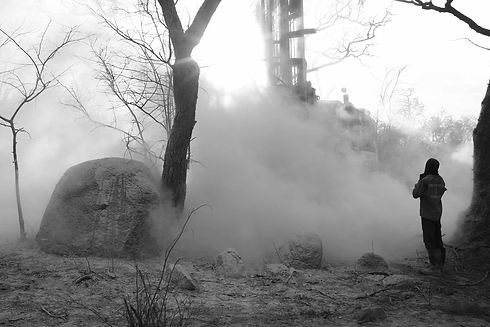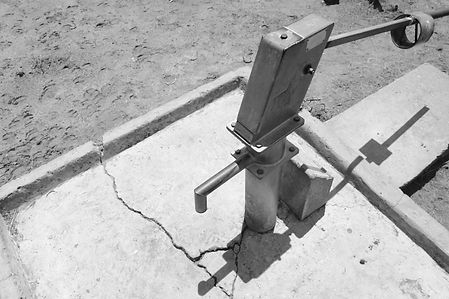Tapping into the Potential of Groundwater

In 2014, there was one drilling program in Zimba District that only succeeded in 3 of its 20 attempts to find water.

Groundwater in Zimba District
Groundwater has the advantages of being resistant to evaporation and seasonality while being (usually) naturally safe to drink. In fact, the installation of hand pumps atop machine drilled wells can take credit for the global improvements in access to water. However, Zimba’s hydrogeology is both low-yielding and difficult to access, leading to a high rate of expensive failure amongst drilling projects. When they are installed successfully, a hand pump typically provides water to ~300 people, though some school boreholes will see over 1000 users.
Informed Drilling
The ground water is difficult to access because it hides in small, deep fractures of otherwise solid rock. SAM invests in thorough geophysical siting, deep drilling, and pump testing to locate productive aquifers. This is important because a dry hole, no matter how shallow or poorly sited, places a “don’t drill here” label on the village.


Data Collection and Dissemination
We work with local contractors, government, and organizations to collect and share hydrogeological and geophysical data. We confirm interpretations with expertise abroad to give anyone drilling in the area the highest chances of finding water.

Avoiding Hand Pump Breakdown
In Zambia, 32% of hand pumps are broken down (RWSN, 2009). In SAM's catchment in Southern Zambia, this number was found to be 80%. Click here to learn more about what we're doing to tackle these numbers and ensure that hand pumps continue to provide long-term, sustainable benefit to the people they were intended to.





